Home>Technology>Security & Surveillance>How To Pick A Circle Door Lock
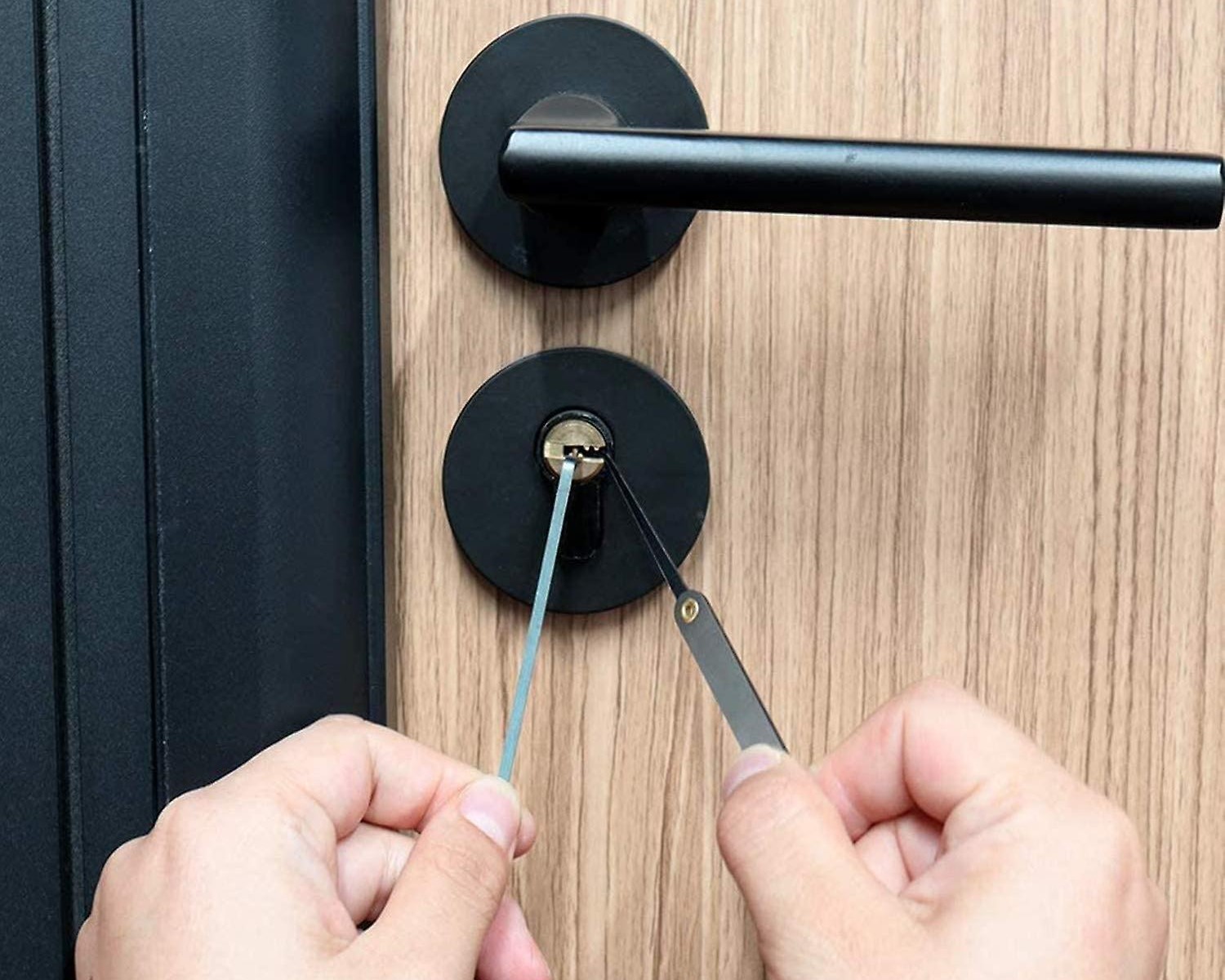

Security & Surveillance
How To Pick A Circle Door Lock
Modified: February 26, 2024
Learn how to choose the best circle door lock for your security needs. Discover top tips and recommendations for enhanced surveillance. Ideal for home and office use.
(Many of the links in this article redirect to a specific reviewed product. Your purchase of these products through affiliate links helps to generate commission for Storables.com, at no extra cost. Learn more)
Introduction
Welcome to the world of circle door locks! These innovative security devices offer a sleek and modern approach to safeguarding your home or office. As technology continues to advance, traditional key and tumbler locks are being replaced by sophisticated systems designed to enhance security and convenience.
In this comprehensive guide, we will delve into the intricacies of circle door locks, exploring their functionality, different types, and factors to consider when choosing one for your property. Additionally, we will provide valuable insights into the art of picking a circle door lock, shedding light on the techniques and tools involved.
Whether you are a security enthusiast, a homeowner looking to upgrade your door locks, or simply curious about the mechanics of these cutting-edge devices, this article is tailored to provide you with the knowledge and expertise needed to navigate the world of circle door locks with confidence.
So, let's embark on this enlightening journey and unravel the mysteries of circle door locks together!
Key Takeaways:
- Circle door locks offer advanced security and sleek design, catering to diverse needs. Understanding their types and picking process empowers informed security decisions.
- Choosing a circle door lock involves considering security, functionality, and aesthetics. It’s crucial to approach lock picking with respect for legal and ethical guidelines.
Read more: How To Unlock A Door With A Circle Lock
Understanding Circle Door Locks
Circle door locks, also known as cylindrical locks, are widely used in residential, commercial, and industrial settings due to their reliability and ease of use. These locks are designed to fit into a standard circular bore hole in the door, making them a popular choice for modern construction and renovations. The mechanism of a circle door lock involves a cylindrical lock body that houses the internal components, including the latch, deadlatch, and the locking mechanism.
One of the defining features of circle door locks is their versatility. They can be outfitted with various functions such as keyed entry, privacy, passage, and dummy options, catering to different security and access needs. Additionally, these locks can accommodate a wide range of door thicknesses, making them adaptable to diverse architectural requirements.
When it comes to security, circle door locks offer a high level of protection against unauthorized entry. Many models are equipped with advanced features such as anti-pick pins, hardened steel inserts, and reinforced strike plates to thwart manipulation attempts and forced entry. Furthermore, the sleek and compact design of circle door locks adds a touch of modernity to any door while ensuring robust security.
Understanding the components and functionality of circle door locks is essential for making an informed decision when selecting the right lock for your specific needs. In the following sections, we will explore the factors to consider when choosing a circle door lock and the various types available in the market, empowering you to make a well-informed choice for your property’s security.
Factors to Consider
When choosing a circle door lock for your home or business, several important factors should be taken into account to ensure optimal security and functionality. Understanding these considerations will guide you in selecting a lock that aligns with your specific requirements and provides peace of mind. Here are the key factors to consider:
- Security Level: Prioritize the security features of the lock, such as anti-pick pins, reinforced strike plates, and drill-resistant components. Look for locks that meet industry standards for security to safeguard your property against potential threats.
- Functionality: Determine the intended use of the lock. Whether it is for a main entry door, interior room, or closet, the lock’s function should align with the desired level of access control and privacy.
- Finish and Aesthetics: Consider the visual appeal of the lock and how it complements the overall design of your door. Choose a finish that enhances the aesthetics of your space while providing durable protection against corrosion and wear.
- Installation Compatibility: Ensure that the lock is compatible with the door’s thickness and the existing boring pattern. Some locks are designed for specific door thicknesses and pre-drilled holes, so compatibility is crucial for a seamless installation.
- Keying Options: Evaluate the keying options available for the lock, such as keyed alike, master keying, or rekeyable cylinders. The flexibility of keying options can simplify key management and enhance convenience.
- Brand Reputation and Warranty: Research the reputation of the lock manufacturer and consider the warranty offered. A reputable brand and a solid warranty provide assurance of quality and reliability.
By carefully considering these factors, you can make an informed decision when selecting a circle door lock that meets your security needs, functional requirements, and aesthetic preferences. Next, we will explore the various types of circle door locks available in the market, offering insights into their unique features and applications.
When picking a circle door lock, use a tension wrench and a lock pick tool. Apply gentle pressure with the tension wrench while using the lock pick tool to manipulate the pins. Practice on a spare lock to improve your technique.
Types of Circle Door Locks
Circle door locks come in a variety of types, each tailored to specific security and access control needs. Understanding the distinctions between these types will enable you to choose the most suitable lock for your property. Here are the common types of circle door locks:
- Keyed Entry Locks: These locks require a key to both lock and unlock the door, providing a high level of security for main entry doors. They are available with various keying options, such as single-keyed, keyed alike, or master key systems, offering flexibility in access control.
- Privacy Locks: Ideal for interior doors such as bedrooms and bathrooms, privacy locks feature a push-button or thumbturn mechanism for locking from the inside. They can be unlocked from the outside with a generic tool or a small emergency key.
- Passage Locks: Also known as hall/closet locks, these locks do not have a locking function and are used for interior doors where no security or privacy control is needed. They allow free passage without the need for a key.
- Dummy Locks: These non-functional locks are purely for aesthetic purposes, providing a uniform look on both sides of a door. They are often used on closet or pantry doors where no locking or latching function is required.
Additionally, circle door locks are available in a variety of finishes, including polished brass, satin nickel, antique bronze, and stainless steel, allowing you to coordinate the lock’s appearance with your door hardware and decor. The durability and corrosion resistance of the chosen finish are essential considerations, especially for exterior doors exposed to the elements.
By understanding the specific features and applications of each type of circle door lock, you can make an informed decision based on your security requirements and functional preferences. In the following section, we will delve into the intricate art of picking a circle door lock, shedding light on the techniques and considerations involved in this process.
Steps to Pick a Circle Door Lock
Picking a circle door lock is a delicate process that requires precision and a deep understanding of the lock’s mechanisms. It is important to note that picking a lock should only be done by authorized individuals, such as professional locksmiths, for lawful and ethical purposes. Here are the general steps involved in picking a circle door lock:
- Assessment and Preparation: Before attempting to pick the lock, assess the type of lock and its components. Ensure that you have the necessary tools, including lock picks and tension wrenches, suited for cylindrical locks.
- Apply Tension: Insert the tension wrench into the lower part of the keyway and apply slight pressure in the direction that the key would turn to unlock the door.
- Manipulate the Pins: Use a hook or rake pick to manipulate the pins inside the lock. Apply gentle upward pressure on the pins while simultaneously raking or picking them to the shear line.
- Feel for Feedback: As you manipulate the pins, pay attention to feedback from the lock. You may feel a subtle click or movement when a pin sets at the correct position, indicating progress in the picking process.
- Continue Manipulation: Work through each pin, setting them at the shear line to simulate the action of a key turning in the lock. This requires patience and a delicate touch to avoid oversetting or undersetting the pins.
- Rotate the Cylinder: Once all pins are set at the shear line, apply gentle torque to the tension wrench to rotate the lock cylinder and simulate the unlocking action. If successful, the lock will turn, and the door can be opened.
It is crucial to emphasize that picking a lock should only be done in accordance with the law and ethical guidelines. Unauthorized or unlawful lock picking can result in legal consequences and compromise security. If you encounter issues with a lock, it is advisable to seek the assistance of a qualified locksmith to address the situation professionally and responsibly.
By understanding the intricate process of picking a circle door lock, you gain insights into the complexities of lock mechanisms and the expertise required to manipulate them effectively. This knowledge underscores the importance of implementing robust security measures to safeguard against unauthorized access.
With a comprehensive understanding of circle door locks, from their functionality and types to the intricacies of lock picking, you are equipped to make informed decisions regarding the security of your property and to appreciate the craftsmanship involved in the world of locks and security.
Read more: How To Pick A Door Lock
Conclusion
As we conclude our exploration of circle door locks, it is evident that these innovative security devices offer a blend of advanced technology, robust security features, and sleek design to meet the diverse needs of residential and commercial properties. Understanding the intricacies of circle door locks empowers individuals to make informed choices when it comes to securing their spaces and ensuring peace of mind.
From the fundamental components and functionality of circle door locks to the factors to consider when selecting the right lock for a specific application, this guide has provided valuable insights into the world of modern security solutions. The diverse types of circle door locks, ranging from keyed entry and privacy locks to passage and dummy locks, cater to a wide spectrum of security and access control requirements, allowing for customized solutions tailored to individual needs.
Furthermore, the delicate art of picking a circle door lock has been illuminated, emphasizing the precision and expertise required to manipulate the internal mechanisms of these sophisticated locks. It is essential to approach lock picking with the utmost respect for legal and ethical considerations, seeking professional assistance when faced with lock-related issues.
As technology continues to evolve, circle door locks remain at the forefront of security innovation, offering a seamless blend of form and function. The marriage of advanced security features with elegant design elements underscores the commitment to providing comprehensive protection without compromising aesthetics.
Whether you are considering an upgrade to your property’s security or simply seeking to expand your knowledge of modern security solutions, the world of circle door locks offers a captivating journey filled with intricacies and practical considerations. By embracing the insights shared in this guide, you are well-equipped to navigate the realm of circle door locks with confidence and discernment.
May your understanding of circle door locks serve as a beacon of knowledge, guiding you toward informed decisions and a heightened appreciation for the craftsmanship and technology that fortify our living and working spaces.
Frequently Asked Questions about How To Pick A Circle Door Lock
Was this page helpful?
At Storables.com, we guarantee accurate and reliable information. Our content, validated by Expert Board Contributors, is crafted following stringent Editorial Policies. We're committed to providing you with well-researched, expert-backed insights for all your informational needs.
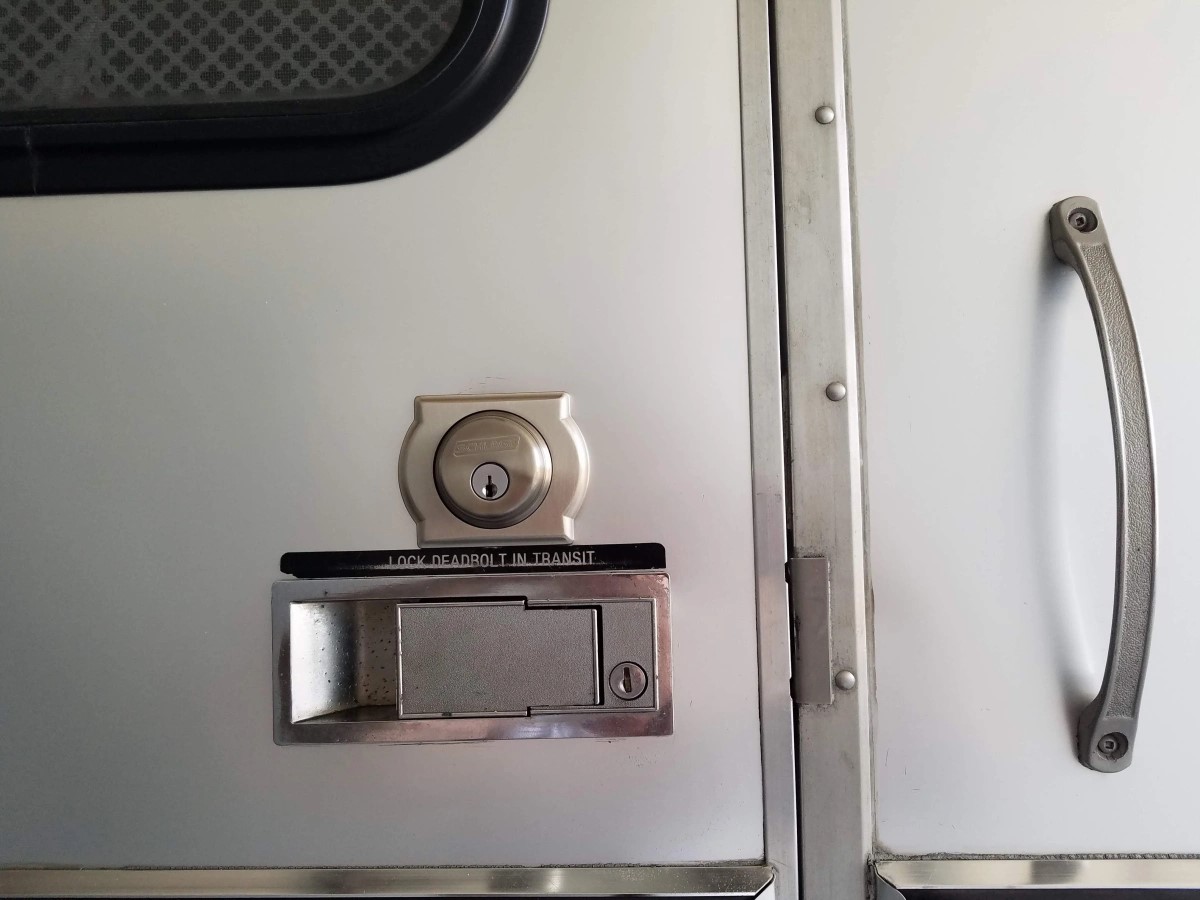
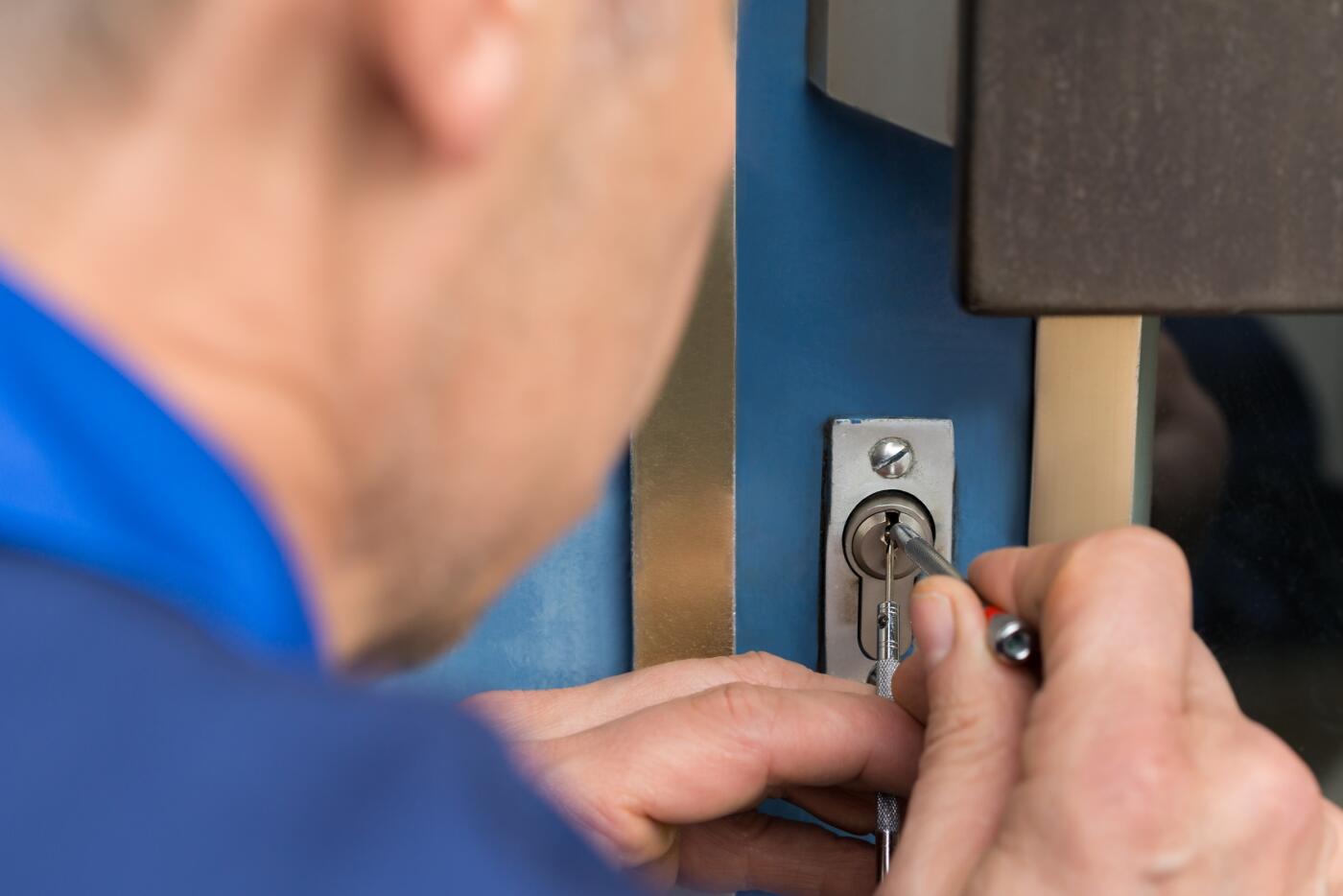
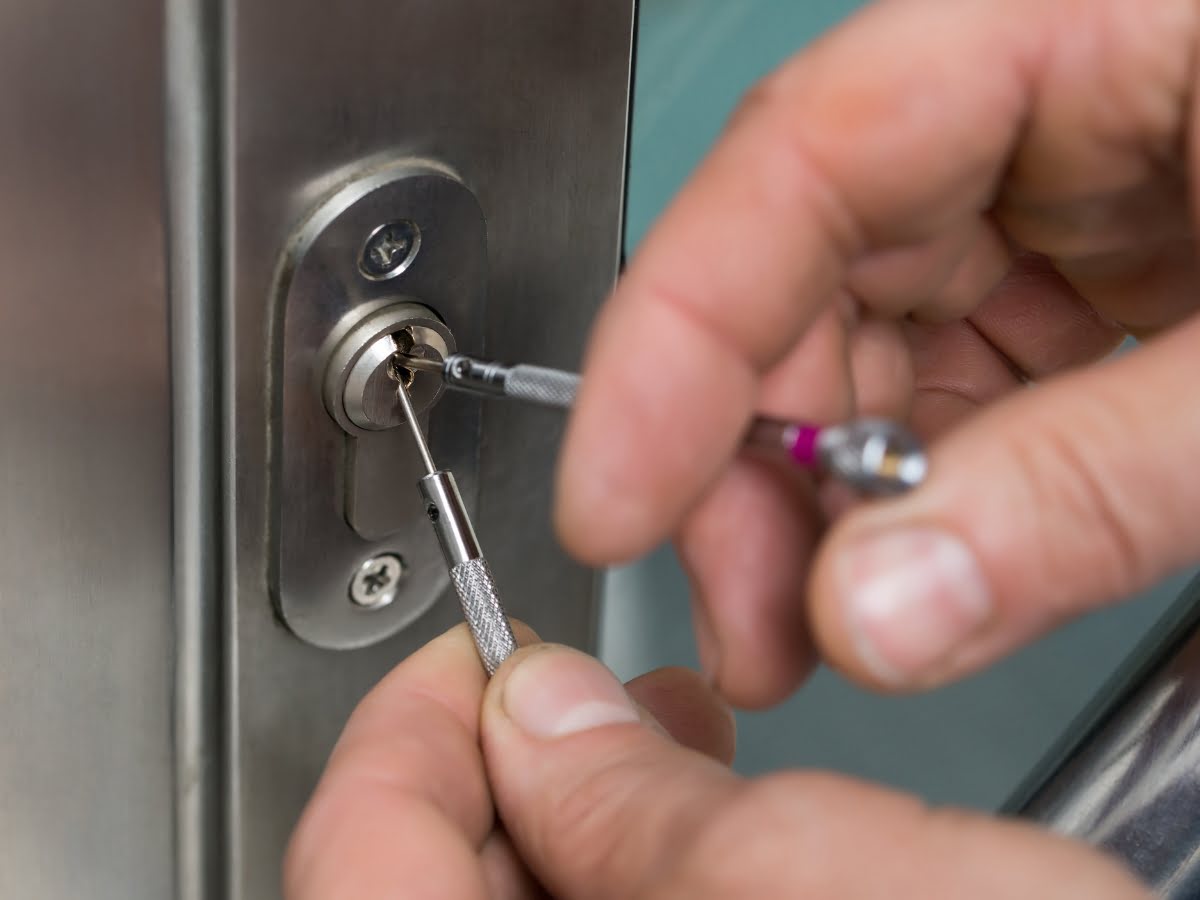
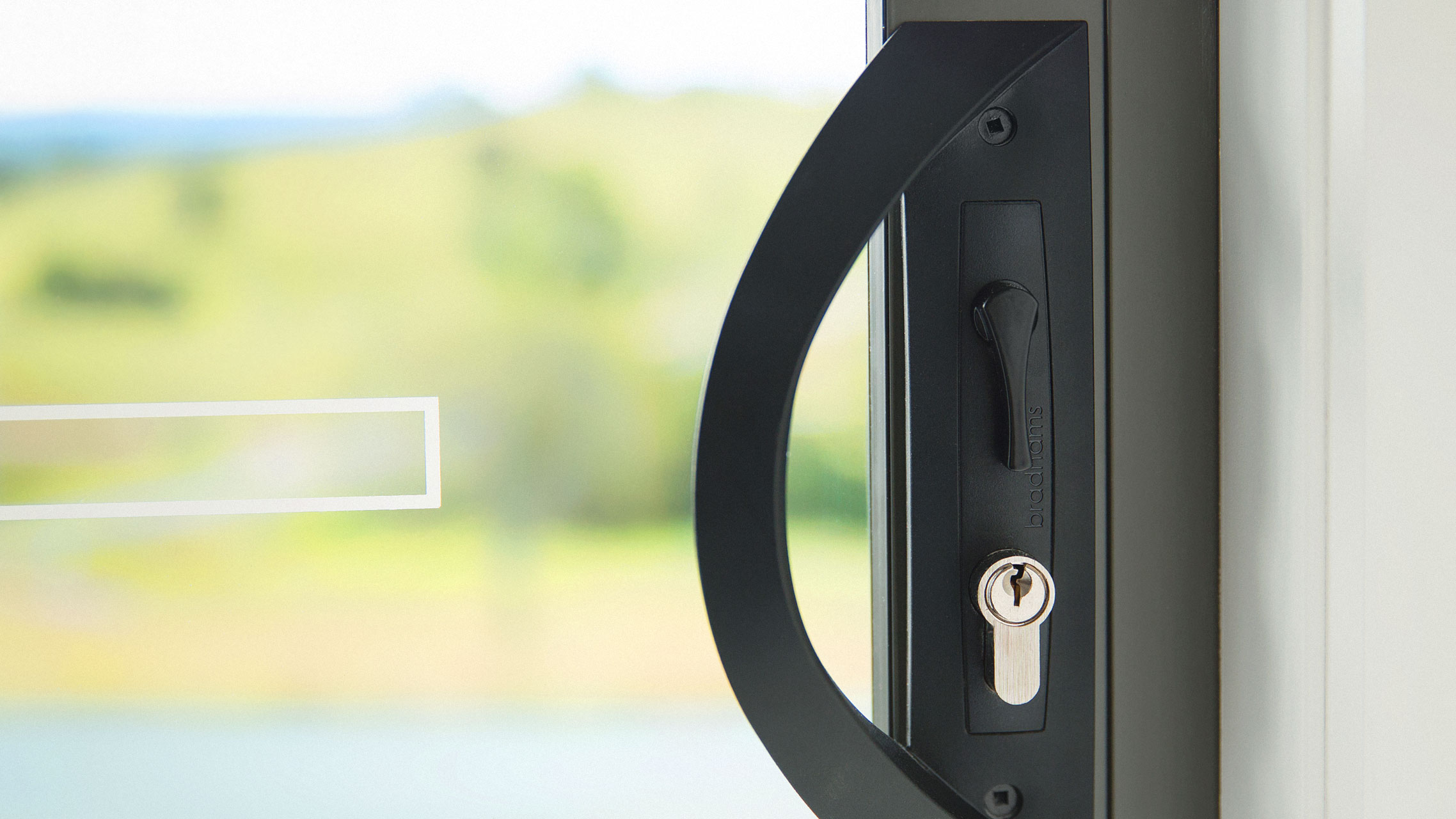
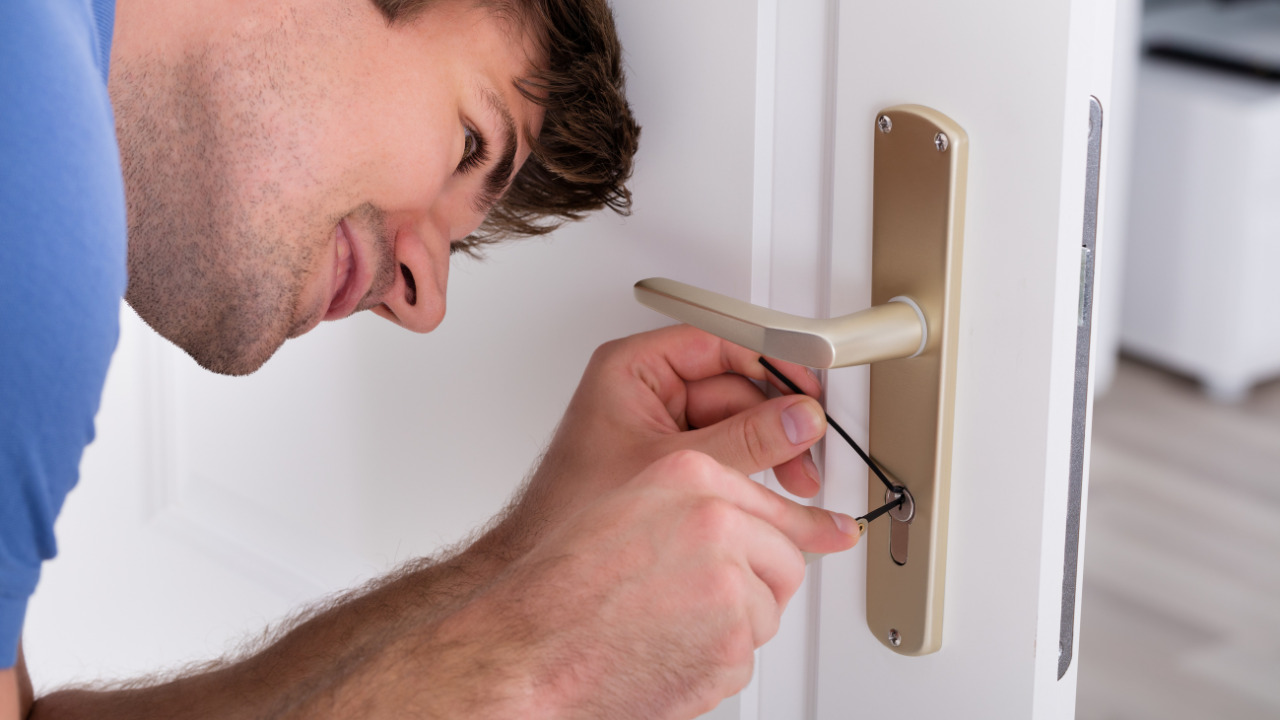
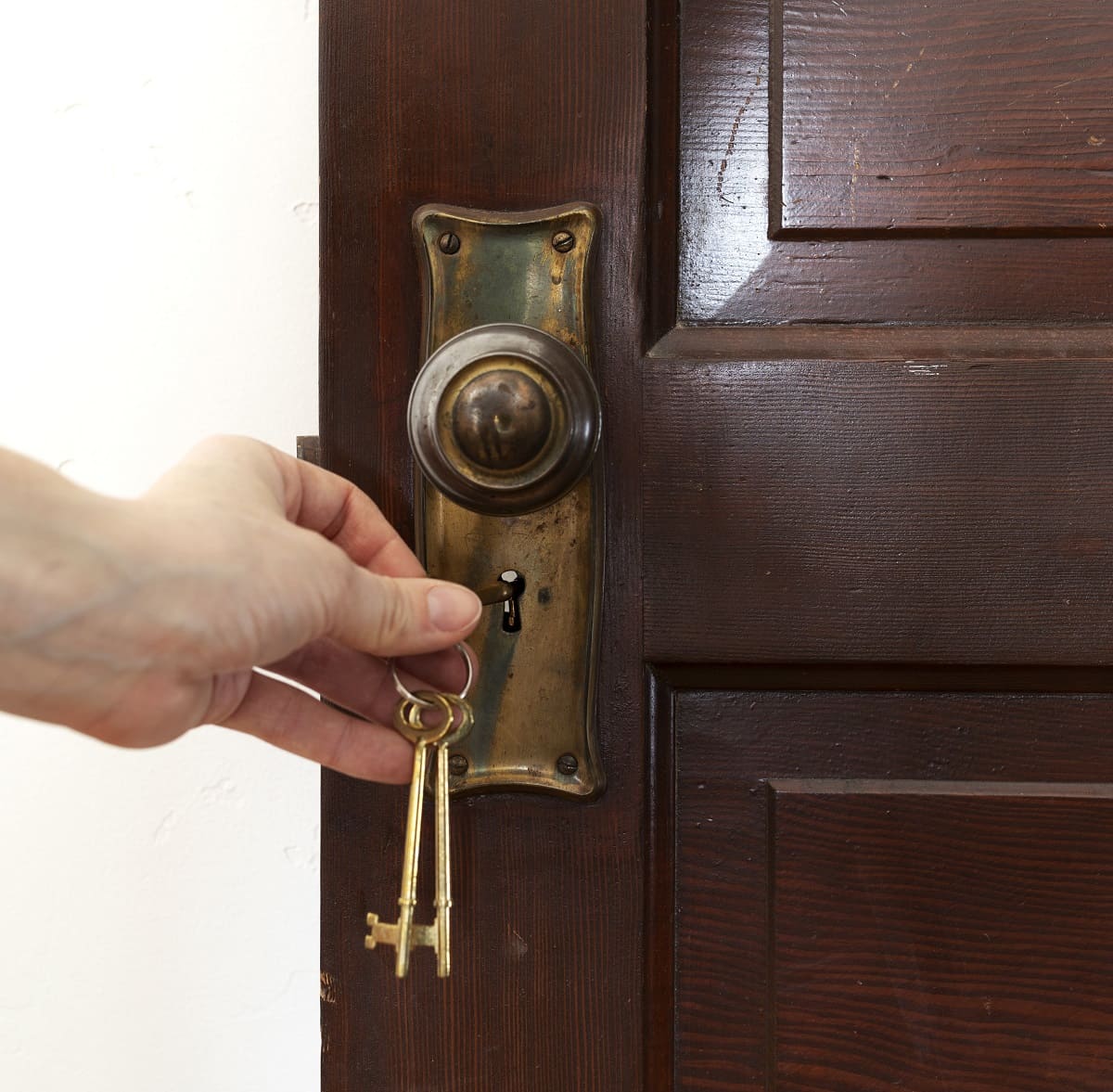
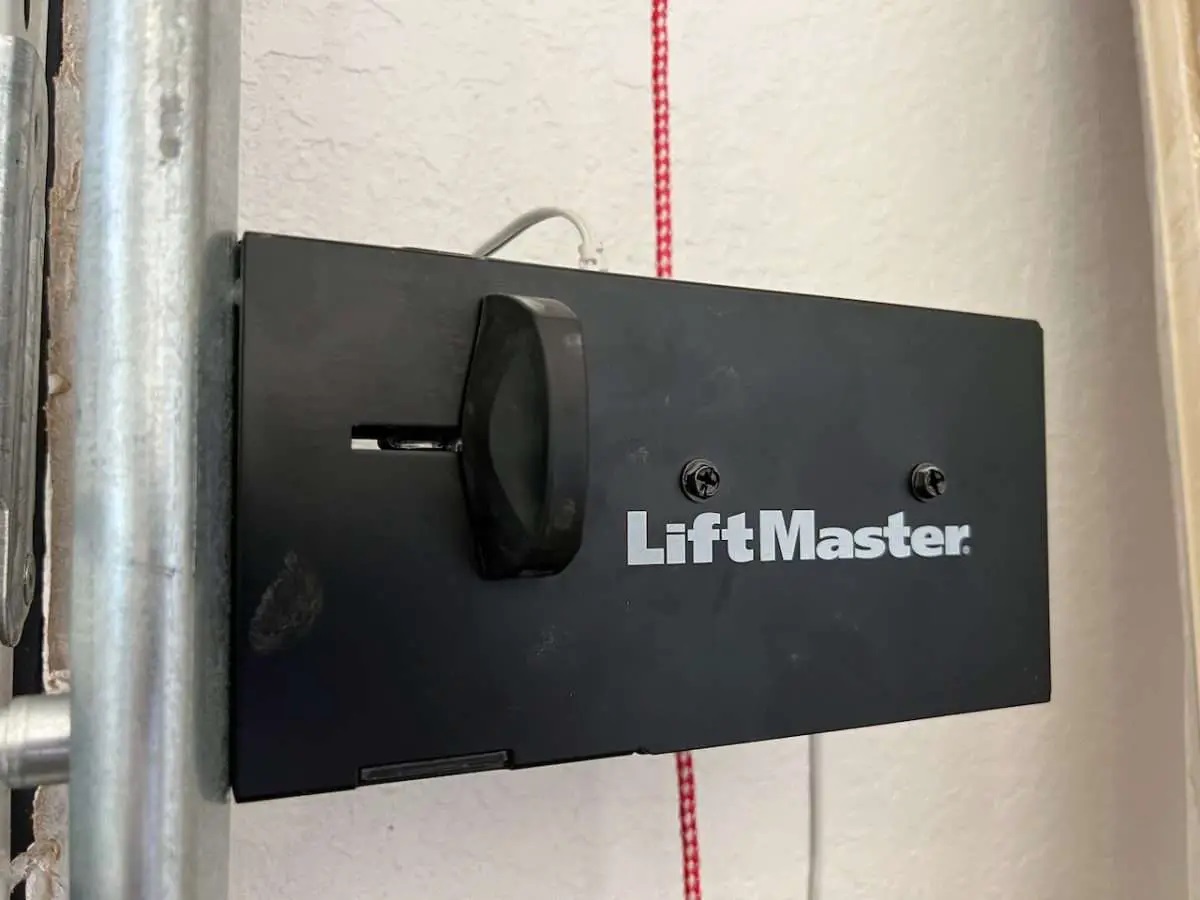
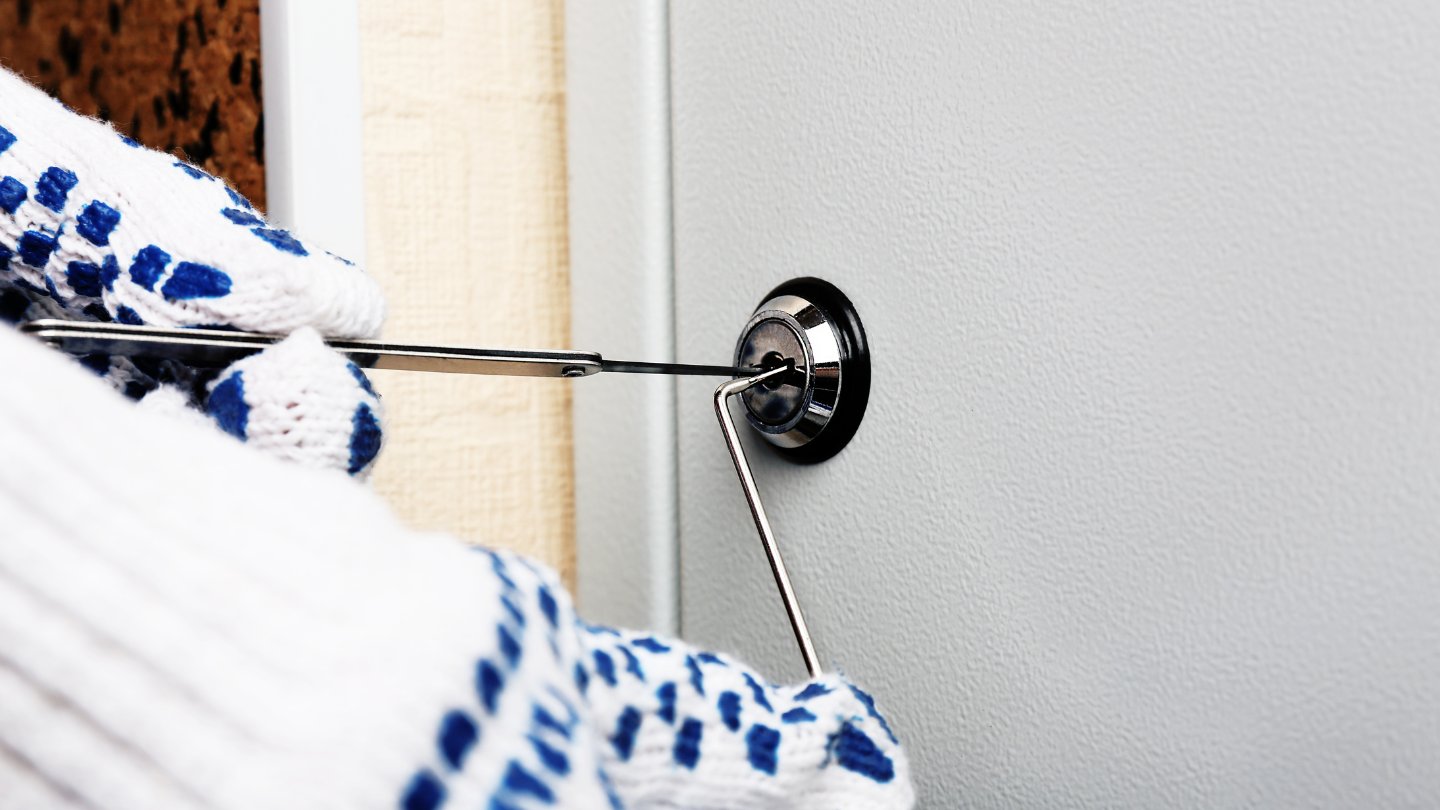
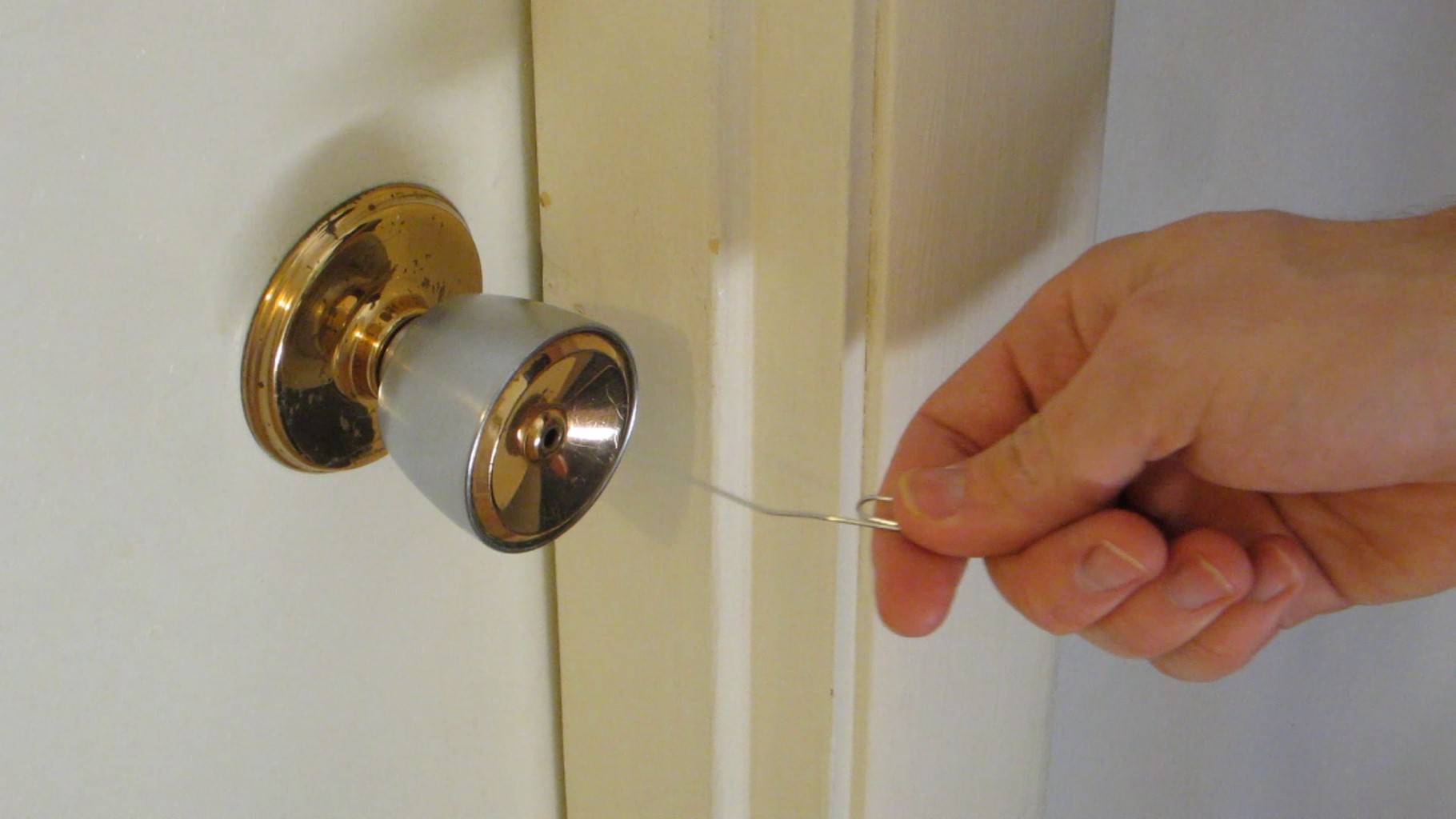
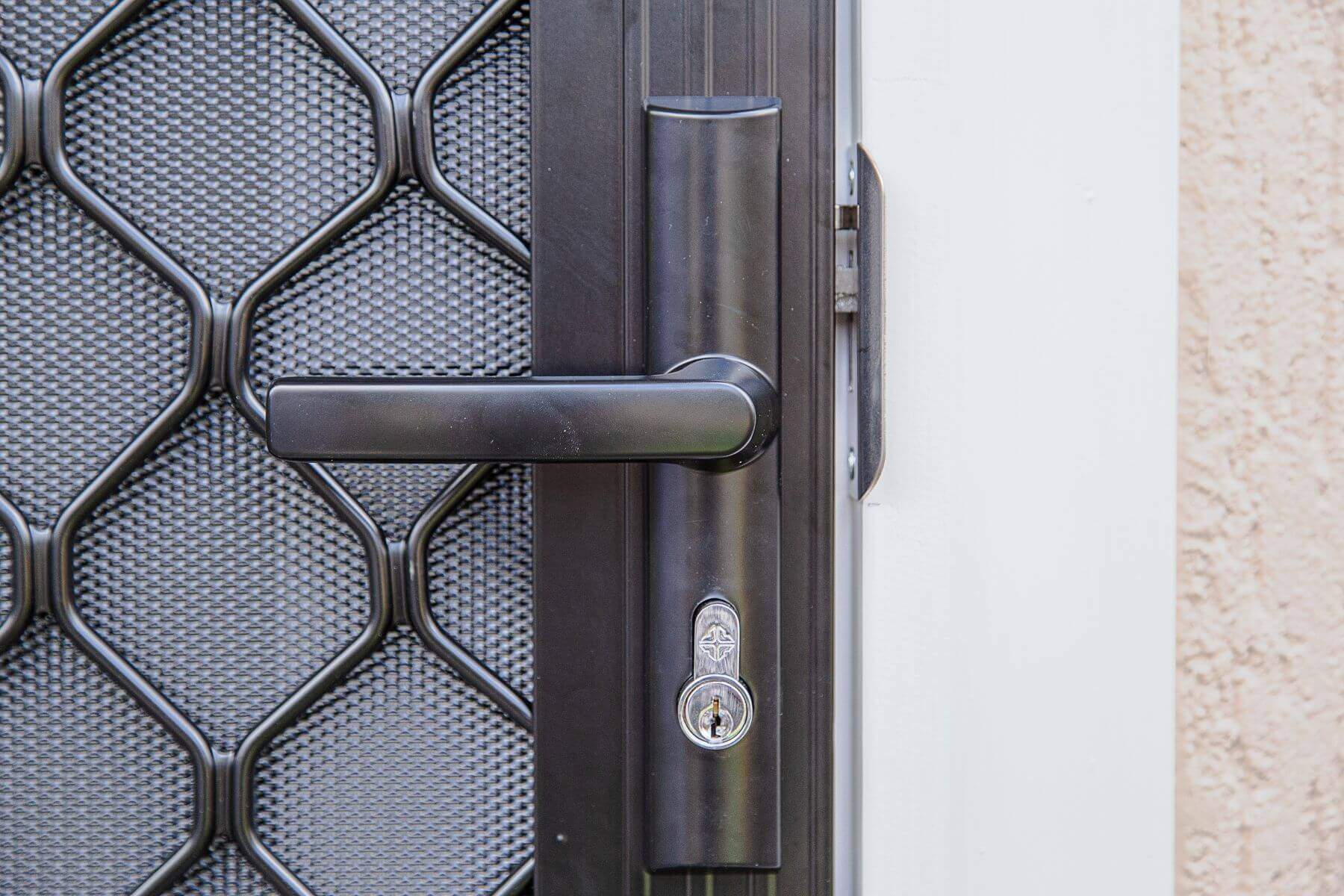
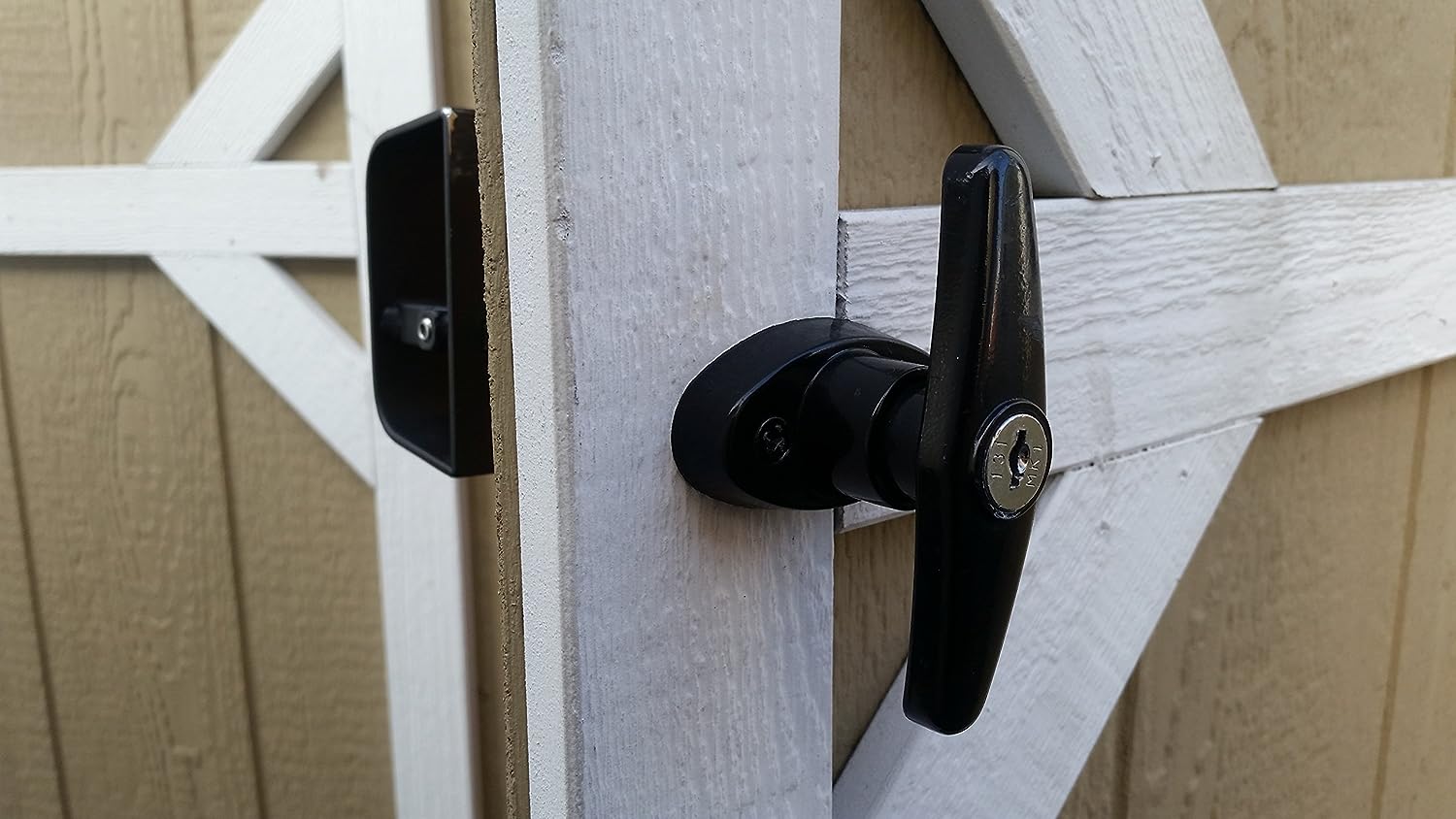
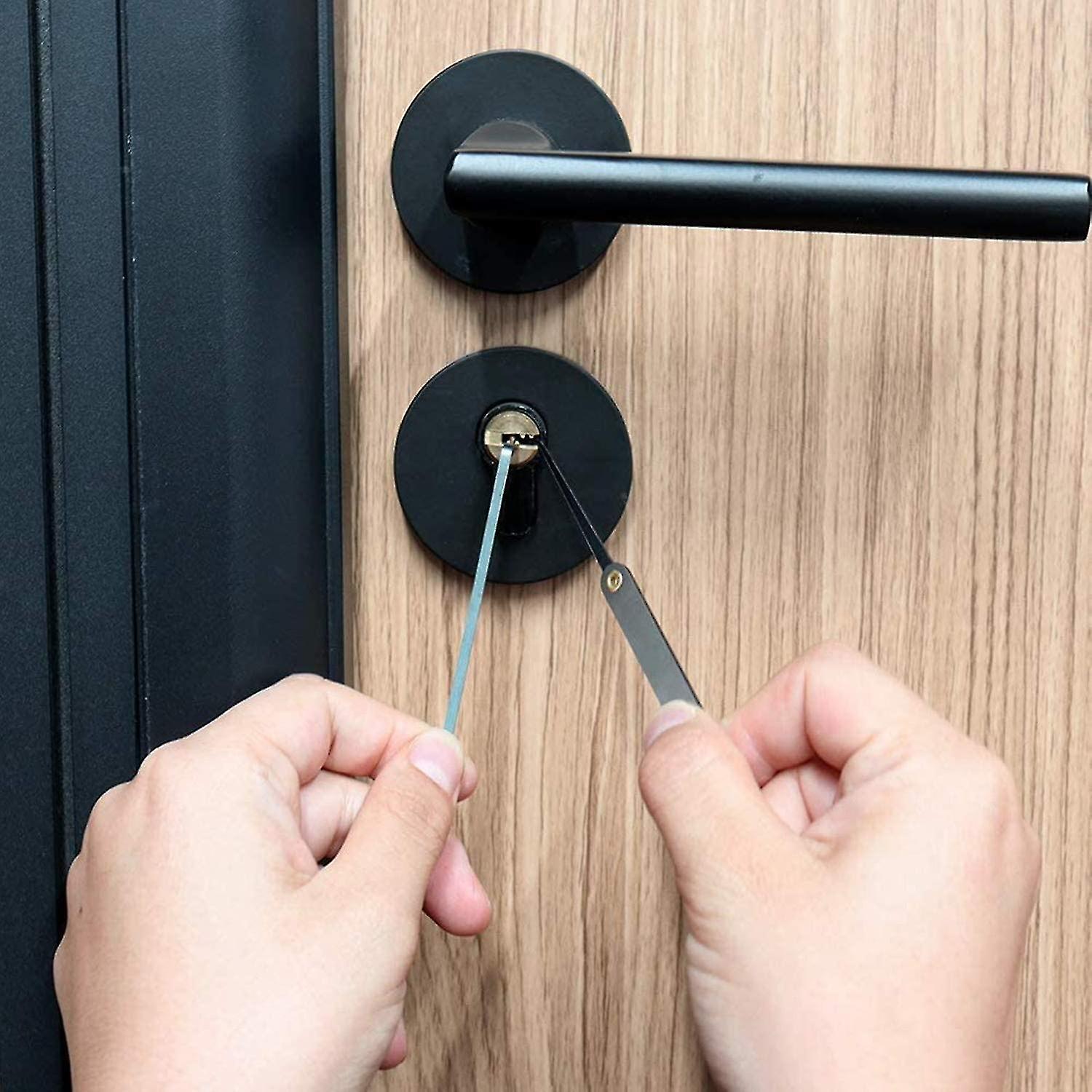
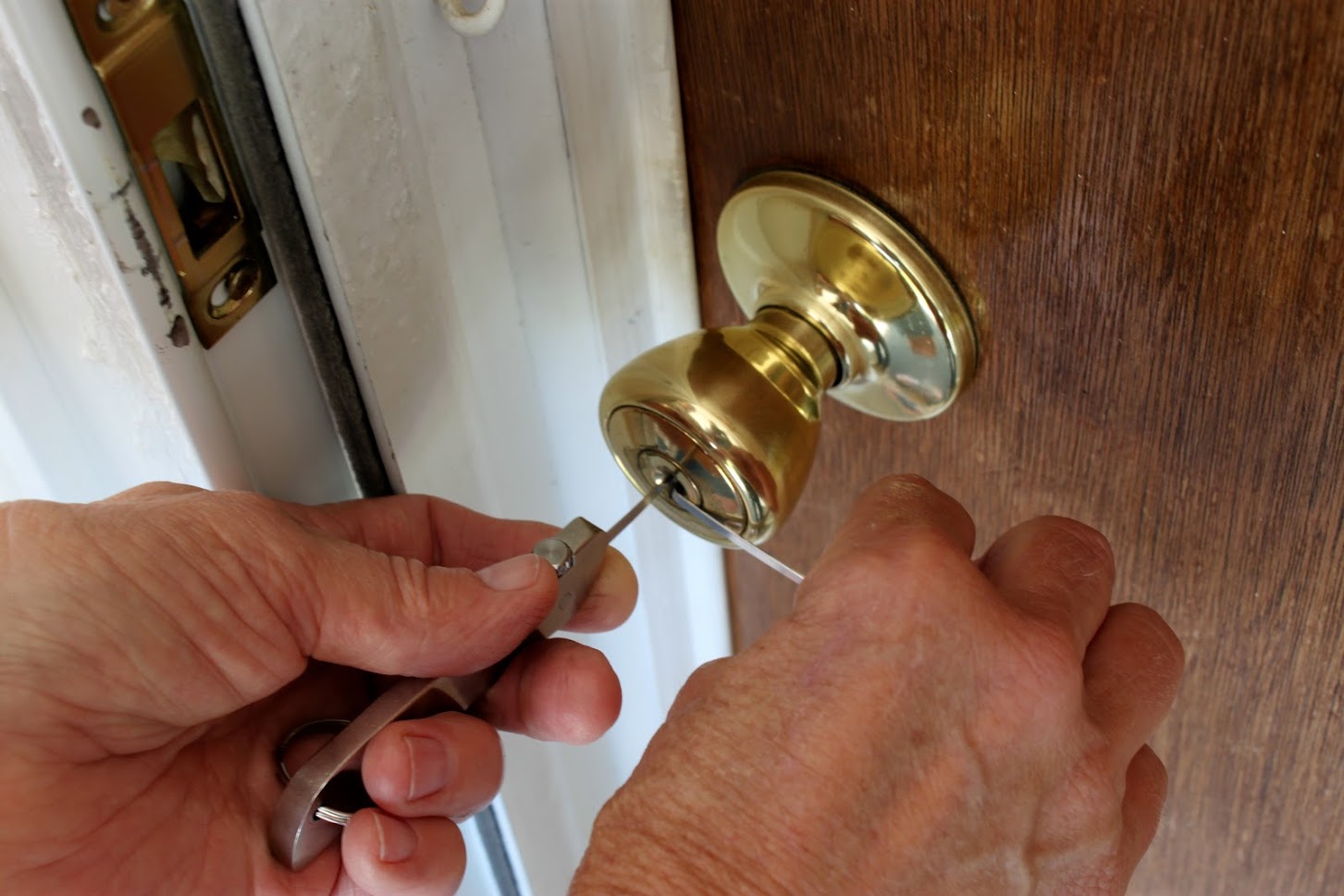
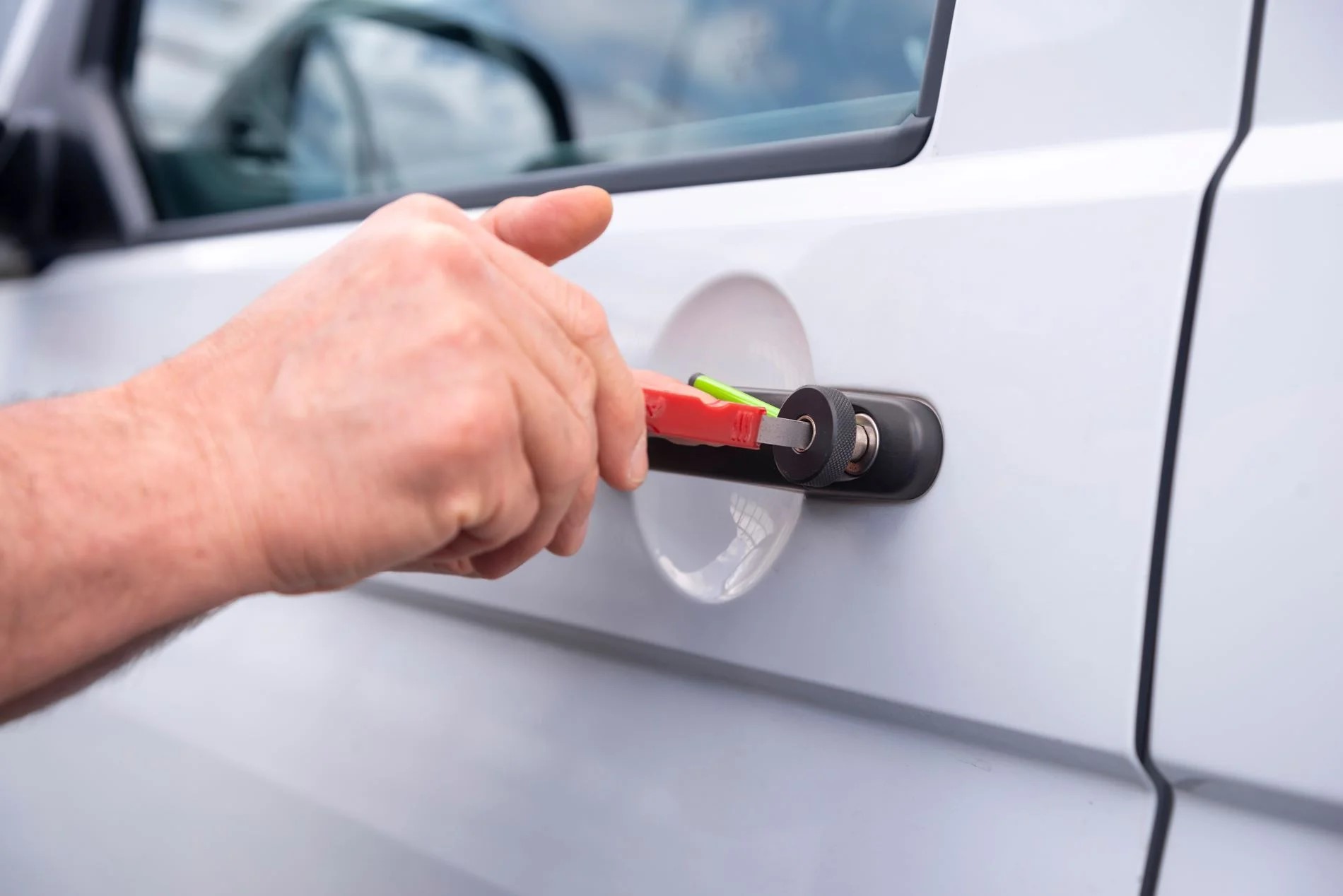

0 thoughts on “How To Pick A Circle Door Lock”